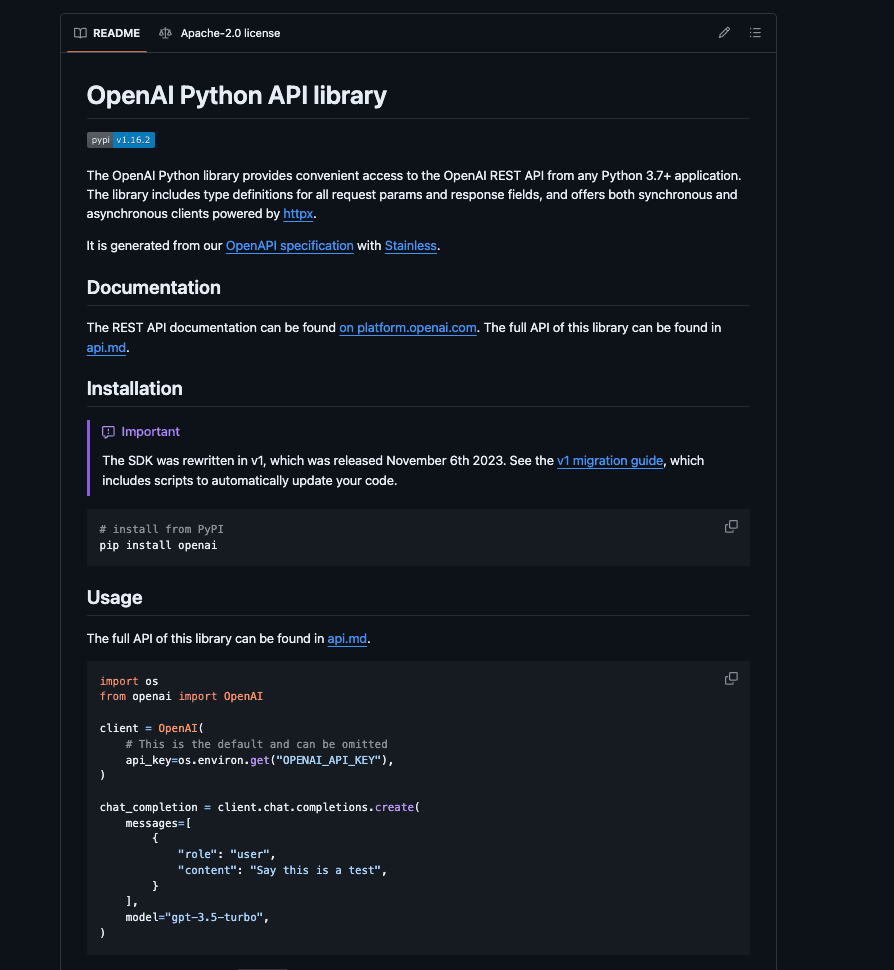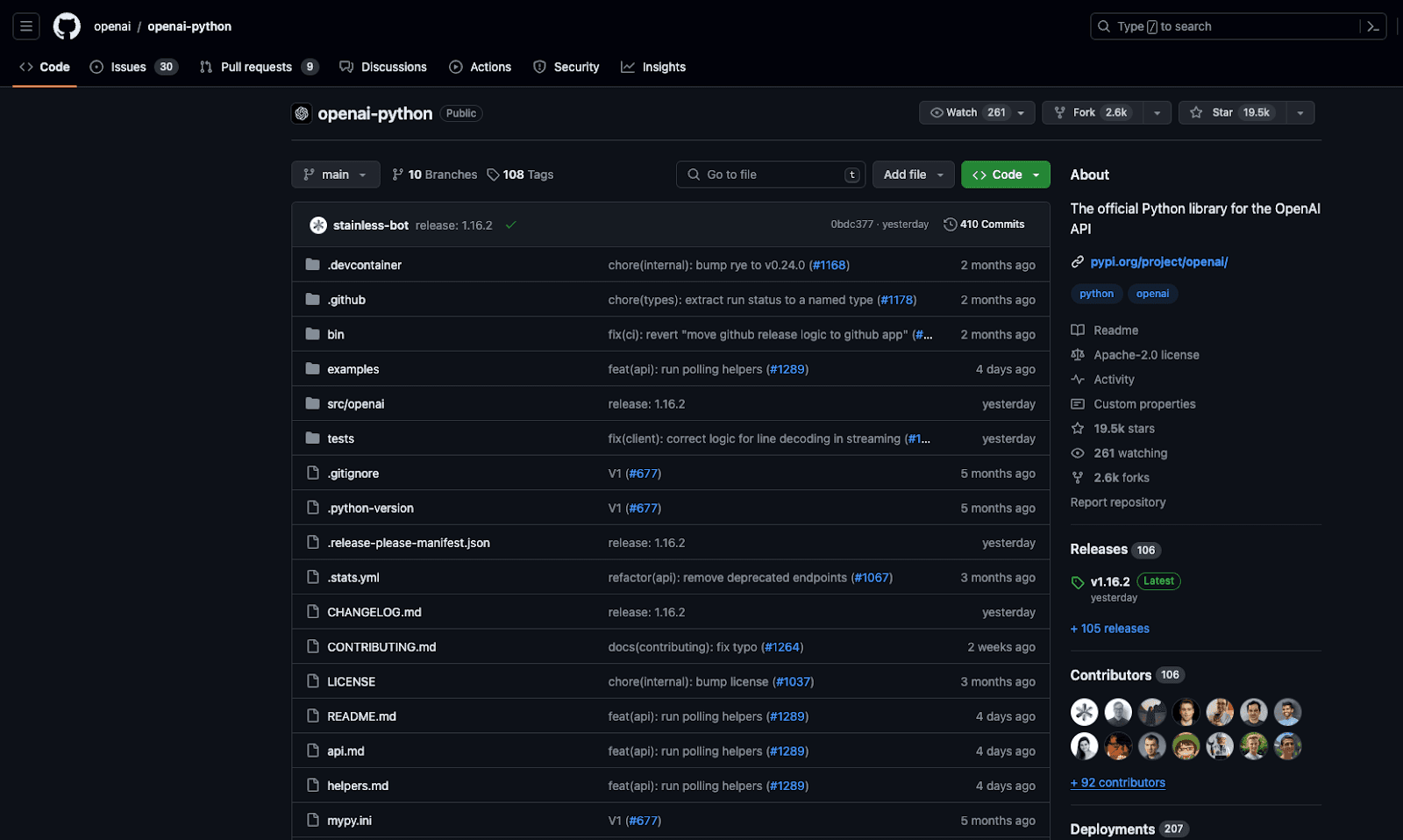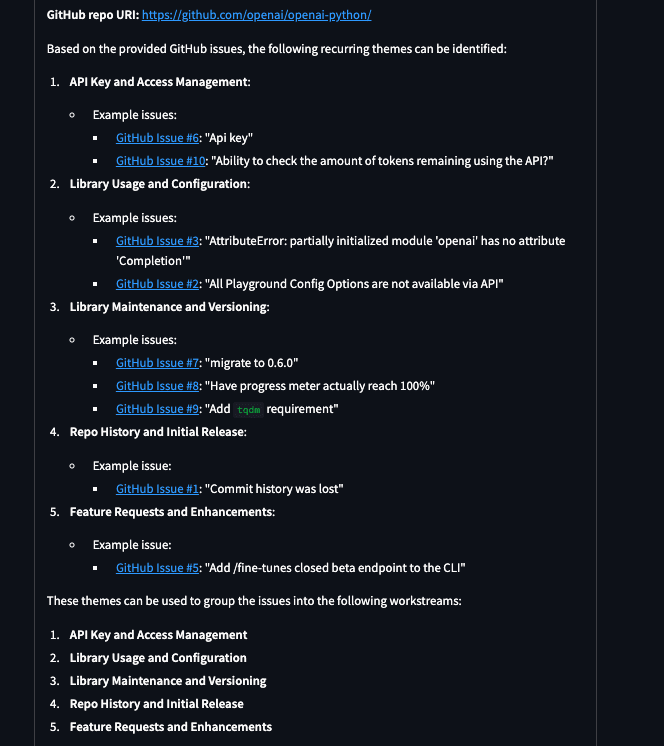Hello there, aspiring contributors!
Welcome to the vibrant world of open-source software (OSS). If you've ever used a web browser like Firefox or a programming language like Python, you've benefited from open-source software. This software lives and evolves in open-source repositories, and they're a testament to collaborative innovation.
But what does contributing involve, and why should you consider it?
The Advantages of Contributing to Open Source
Contributing to open-source projects is an investment in your skill set. Each project has unique challenges, pushing you to adapt and enhance your technical abilities. From writing cleaner code to learning new programming languages, the learning curve is steep but rewarding. You’ll find yourself picking up best practices and contributing some of your own.
But it's not just about code. It's about the people behind the code. Joining an open-source project plunges you into a vibrant community of like-minded individuals. Collaboration is the heart of open source. You'll work together to solve problems, review each other's code, and share knowledge. This is where innovation thrives, as diverse ideas come together to shape the future of technology.
Moreover, your contributions are a visible testament to your skills, making your public portfolio on platforms like GitHub reflect your expertise and dedication. It’s tangible evidence for potential employers or collaborators of what you can do and how you do it. This isn’t just about showing off your coding chops; it’s about demonstrating your ability to engage with complex projects and see them through to completion.
Exploring the OpenAI Python Client Project for Open-Source Contributions
The OpenAI Python client project presents an exemplary opportunity for open-source contributions. As a repository of Python examples and tools for interacting with OpenAI services, it's a cornerstone for developers looking to integrate AI into their applications. The repository offers a peek into the application of AI in various domains and provides a practical guide for implementing complex AI models.
This repository is noteworthy due to its emphasis on providing Python developers with the tools and examples needed to leverage OpenAI's capabilities. It opens up possibilities for automating tasks, analyzing data, and integrating AI into software solutions.
For beginners, the OpenAI Python client project offers a rich environment in which to learn and contribute to AI-based systems. With detailed documentation, active issues, and pull requests, new contributors can find clear pathways to making meaningful contributions. The diversity of tasks, from refining code samples to improving integration tools, allows a broad range of skill sets to get involved.
Navigating Open Source Repositories Like OpenAI-Python

Open-source repositories are hubs where developers collaborate to build, improve, and maintain software. These platforms host the source code and manage the collaborative process, including issue tracking, feature requests, and code review.
Choosing a repository for contributions should be strategic. Projects like OpenAI-Python are ideal as they offer a mix of technical challenges and the chance to contribute to widely impactful tools. Look for active repositories with a clear contribution guide, and consider the support provided for new contributors.

For first-timers eager to contribute to projects like the OpenAI Python client, here are a few actionable steps:
- Familiarize: Start by understanding the project's goals and technology stack.
- Identify: Look for issues labeled as 'good first issue' or 'help wanted' to find newcomer-friendly tasks.
- Learn: Review the project's contribution guidelines and adhere to the coding standards and practices.
- Engage: Don’t hesitate to ask questions in the community or offer help in ongoing discussions.
Overcoming Information Overload
When first exploring the intricate web of open-source projects like the OpenAI Python client, it's easy to feel swamped by the sheer volume of information. The endless stream of issues and commits, and technical discussions can intimidate the most determined newcomer. It's normal to feel like you're facing a firehose of data, but don't let this deter you. The key is to start small—focus on one area, such as documentation or a particular issue that resonates with your skills or interests. Use filtering tools to narrow down issues and discussions relevant to you, and don't be afraid to ask questions. Open-source communities are built on collaboration, and more often than not, you’ll find veteran contributors eager to guide you.
RAG applications might hold the answer to information overload
RAG (Retrieval-Augmented Generation)-based applications are powerful tools for managing and synthesizing large amounts of information, making them particularly useful for navigating open-source software repositories' dense and often overwhelming landscape.
Here's why they stand out:
- Contextual Understanding: RAG systems are adept at understanding the context behind queries, which means they can provide more relevant and precise summaries or categorizations of complex issues and discussions within repositories.
- Efficiency: They significantly reduce the time you'd otherwise spend manually sifting through issues and documentation. By quickly aggregating the main topics or problems in a repository, RAG-based tools help you identify the areas where you can contribute effectively.
- Improved Focus: By presenting a consolidated view of the repository's current state, these applications help maintain your focus on specific areas without getting sidetracked by the sheer volume of information available.
- Learning Curve: Understanding the underlying patterns and common themes in a repository's issues can be educational for beginners. RAG applications facilitate this learning by highlighting recurrent topics, which can help new contributors better understand the project's needs.
- Collaboration: These tools foster better collaboration by clearly delineating problem areas or active discussions so newcomers can easily see where they might jump in and offer help or seek guidance.
- Prioritization: RAG-based applications often rank issues by relevance or frequency, helping maintainers and contributors prioritize their efforts and tackle the most pressing tasks.
By employing a RAG-based approach, newcomers and experienced developers alike can navigate open-source repositories more confidently and contribute more meaningfully, turning the flood of information into a navigable stream.
Graphlit as Your Open Source Compass
Enter Graphlit — a tool designed to sift through the complexities of repository issues, making it easier to digest and navigate the project you're interested in. This tool is a boon for tackling the challenge of where to begin. By generating reports on recent GitHub issues, Graphlit RAG helps identify recurring themes, enabling you to understand the broader workstreams at a glance.

Take the OpenAI Python client project, for example. Using Graphlit, one can quickly discern that the repository has ongoing discussions on dependency management, compatibility and portability, performance optimization, documentation, and bug fixes. This organized view allows you to pinpoint where your contributions could be most useful. Whether adding a dependency or enhancing the documentation, Graphlit RAG initially transforms what seems like an insurmountable volume of information into an actionable roadmap for your open-source journey.
Before diving into Graphlit, there's an important step to ensure you can seamlessly navigate the GitHub repositories. You must generate a Personal Access Token (PAT) on GitHub. This token acts as your digital key, granting you the necessary permissions to interact with the repository beyond what's available to a general viewer. With a PAT, you can use Graphlit to its full potential, allowing the tool to access details on issues, pull requests, and other repository data that may be restricted.
With your PAT in hand, you're set to use Graphlit — a tool designed to sift through the complexities of repository issues, making it easier to digest and navigate the projects you're interested in.
Graphlit RAG offers a distilled view of the issues within a repository which can significantly aid in understanding and contributing to complex projects like OpenAI's Python repository.
Consider an issue categorized under "Library Usage and Configuration," which reflects common hurdles users may encounter when interacting with the library. Graphlit points out GitHub Issue #3, titled "AttributeError: partially initialized module 'openai' has no attribute 'Completion'." This indicates users are having trouble accessing certain features due to initialization errors in the library.
Understanding this issue through Graphlit, a contributor could:
- Investigate the reported AttributeError to understand why the 'openai' module isn't fully initializing.
- Review the initialization process and identify gaps that might lead to incomplete module loading.
- Clone the repository and replicate the issue in a local development environment.
- Implement fixes to ensure complete and correct initialization of the 'openai' module.
- Thoroughly test the changes across different environments to ensure that the 'Completion' attribute is consistently accessible.
- Update the documentation to assist users with troubleshooting similar issues in the future.
- Prepare and submit a pull request detailing the problem, the implemented fix, and the testing conducted to validate the changes.
By following these steps, including generating your PAT and utilizing Graphlit, not only do you simplify the process of finding relevant issues but also guide contributors on how to address them, making the journey into open-source contribution more approachable and structured.
Remember to be patient; maintainers are often busy but will provide feedback as soon as possible.
Stepping into the world of open-source can be the start of an incredibly rewarding journey. Regardless of size, every contribution is a valuable step toward collective progress. As you prepare to make your mark, take heart in the knowledge that every expert was once a beginner. So go ahead, take the leap, and join the collaborative symphony of open-source. Who knows? Your code could be the next puzzle piece in a project that changes the world. Happy coding!
Summary
Please email any questions on this article or the Graphlit Platform to questions@graphlit.com.
For more information, you can read our Graphlit Documentation, visit our marketing site, or join our Discord community.
